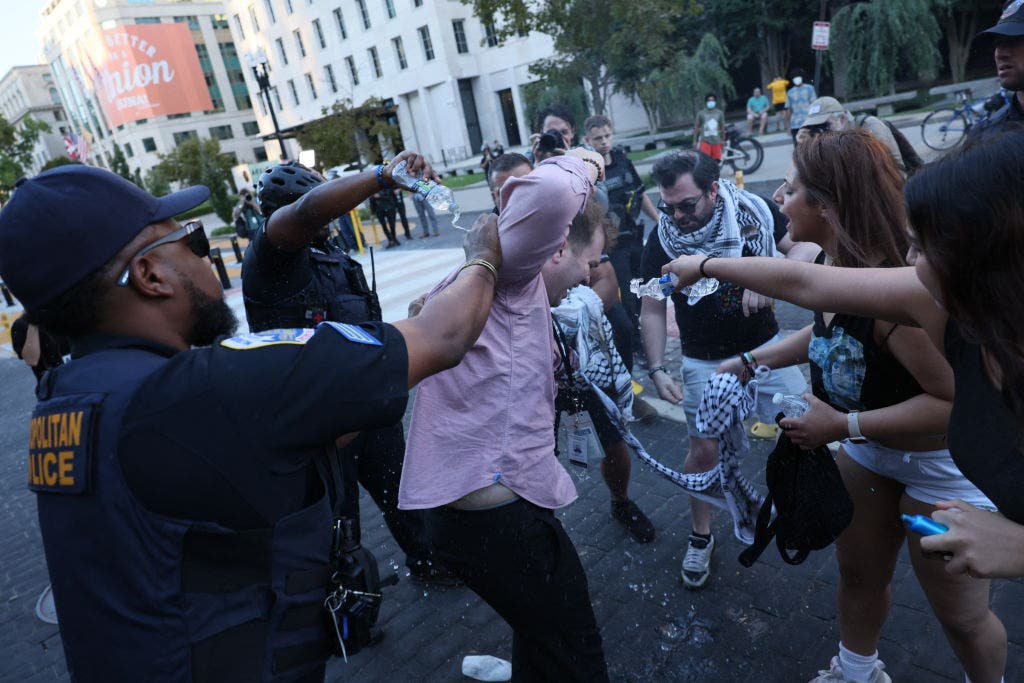A photojournalist named Samuel Mena Jr. lit himself on fire outside the White House in protest against Israel’s war in Gaza and America’s support for the regime. Mena lit his left arm on fire and screamed in pain, accusing the media of spreading misinformation. Law enforcement officers quickly restrained Mena and put out the fire, with a bystander pouring water on his arm. Mena’s blog post before the incident indicated his intention to only burn his arm in protest, dedicating it to the children in Gaza who had lost limbs in the conflict.
Mena’s blog post also mentioned his previous attempts to make a documentary to end the “genocide” in Gaza but eventually gave up on the effort. His social media profiles indicated that he worked for a local CBS affiliate and graduated from Arizona State University’s Walter Cronkite School of Journalism. Authorities confirmed that Mena’s injuries were not life-threatening and transported him to the hospital for treatment. The incident occurred in the District of Columbia, known for its history of peaceful first amendment activities, with police stating their commitment to supporting peaceful protests while holding accountable those who commit criminal acts.
The incident with Mena lighting himself on fire is reminiscent of a similar act by a member of the U.S. Air Force, Senior Airman Aaron Bushnell, who set himself on fire outside the Israeli embassy in February. Bushnell carried out the act in protest against Israel’s campaign in Gaza, stating in a recorded video that he would no longer be complicit in genocide. These incidents highlight the strong emotions and extreme measures that some individuals are willing to take in protests against the ongoing conflict and violence in Gaza and Israel. Both Mena and Bushnell made dramatic public statements to draw attention to what they perceived as injustice and violence.
The acts of self-immolation by Mena and Bushnell reflect the deep emotional and political divisions surrounding the conflict in Gaza and America’s support for Israel. While these actions may shock and disturb, they also serve as a powerful symbol of protest and resistance. The decision to set oneself on fire is a drastic and irreversible form of protest, often associated with a desire to bring attention to a cause or injustice that the individual believes is being overlooked or ignored. The incidents highlight the intense feelings of frustration, anger, and despair felt by some individuals in response to the ongoing violence, suffering, and loss of life in Gaza.
Despite the shocking nature of these acts, they are a reminder of the power of individual protest and the lengths to which some people are willing to go to make a statement. While self-immolation is an extreme form of protest and not without risks and consequences, it can draw attention to important issues and spark conversations and debates about social and political injustices. Mena and Bushnell’s acts of self-immolation may have been intended to provoke dialogue and raise awareness about the ongoing conflict in Gaza and America’s role in supporting Israel. The incidents serve as a dramatic expression of dissent and a call for change in the face of what some perceive as ongoing injustice and violence.


